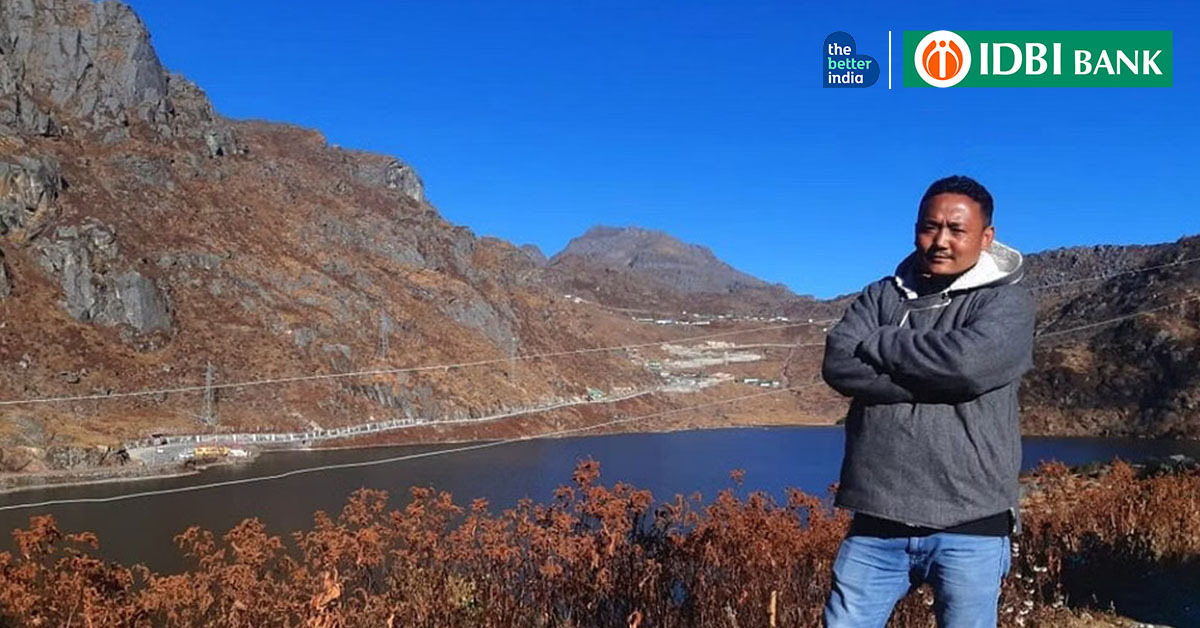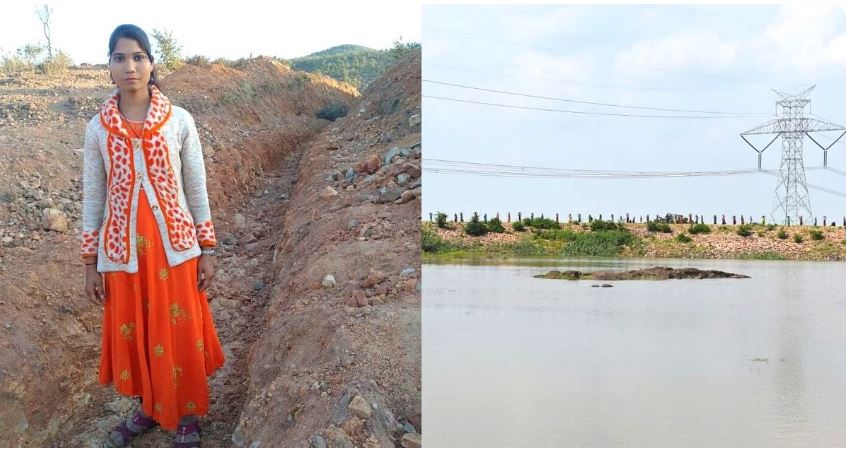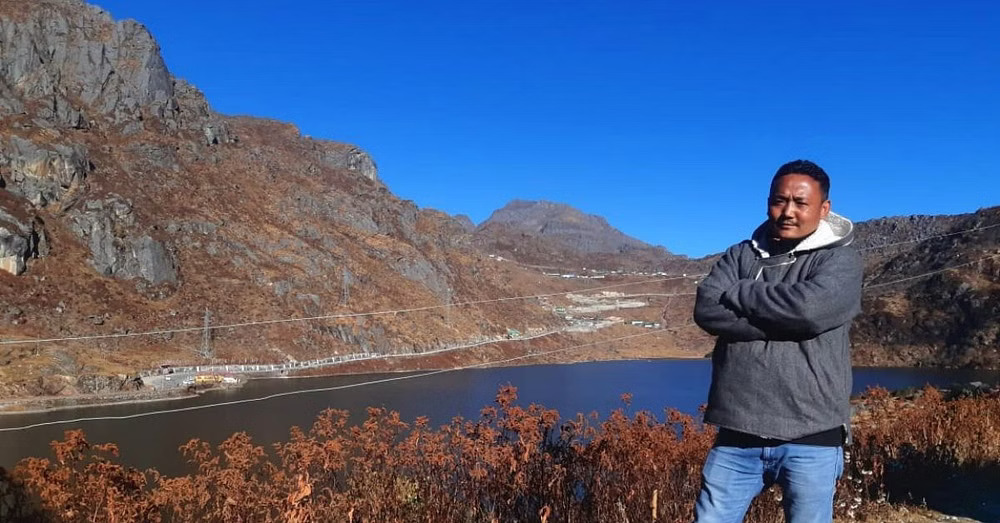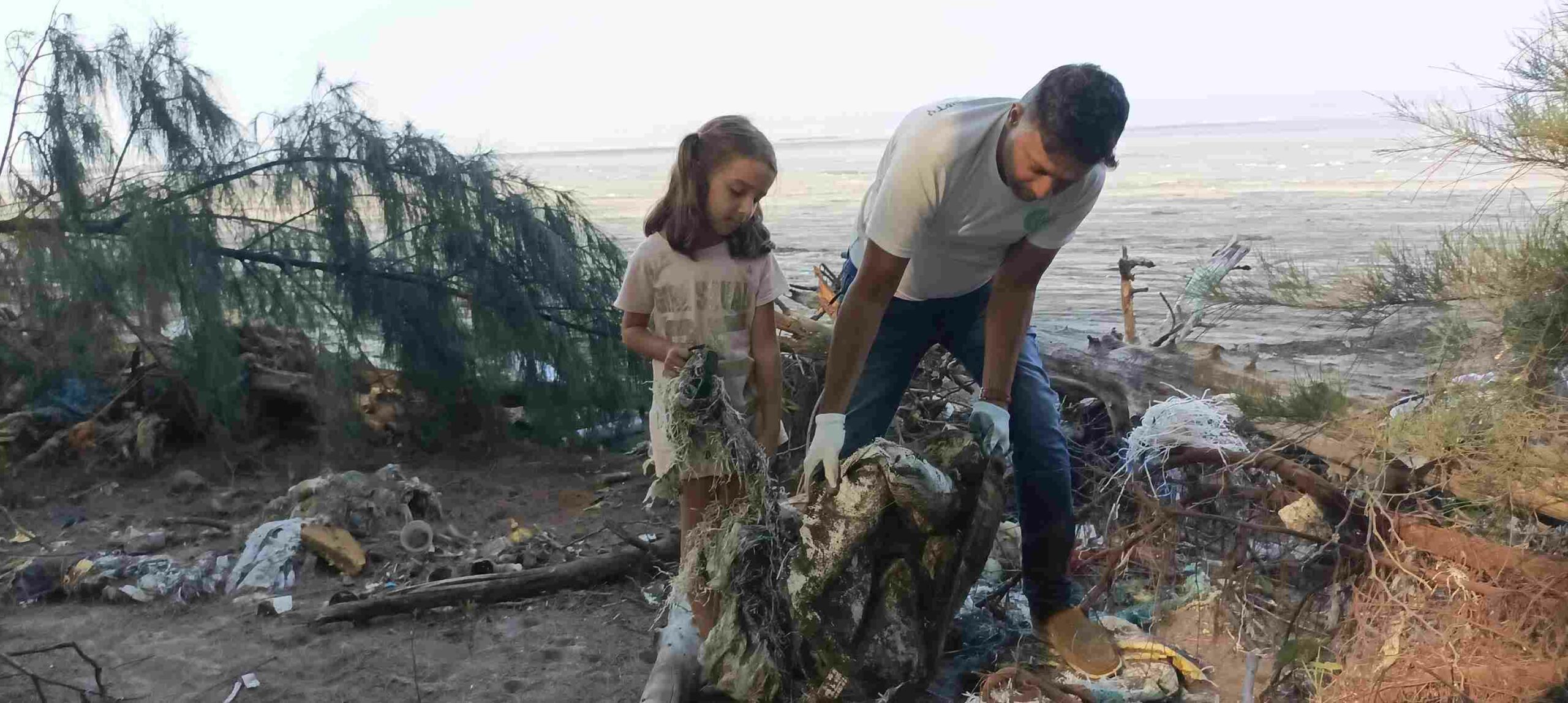4 Water Warriors Who Transformed Lakes & Rivers Across India With Their Ideas & Perseverance
Water scarcity and drought are prevalent in India due to choked lakes, sewage-filled rivers, and ponds polluted with plastic waste. These water warriors devised simple plans to change this situation, benefitting thousands around them.

This article has been sponsored by IDBI Bank.
The United Nations World Water Development Report 2023: Partnerships and Cooperation for Water revealed grim statistics suggesting that 80 percent of the people living under water stress belonged to Asia — specifically Northeast China, India and Pakistan.
Even as rains are abundant in India, the overarching primary concern continues to be the hygiene standards of usable water. But a ray of hope comes in the form of some changemakers who fought (and in some cases are still fighting) tooth and nail to ensure water bodies continue to be a source of life.
Here, we chronicle some of the best who have devoted years to addressing problems concerning unclean water and its associated issues.
On this World Nature Conservation Day, IDBI Bank is honouring these heroes who live with an inspiring motto — the ‘Environment Banks Upon You’. They exemplify how each one of us can do our best to befriend sustainable practices that would help the environment.
1. Nimal Raghavan

In 2018, cyclonic storm Gaja caused massive devastation in Tamil Nadu, resulting in over 45 fatalities and damaging more than one lakh homes. Nimal Raghavan, a Dubai-based software developer who grew up in the region, was deeply saddened by the extent of the damage.
His village Nadiyam was one of the 90 villages impacted by the cyclone, resulting in complete destruction of the agricultural lands. This forced farmers to migrate to cities for livelihood. Interestingly, while many of Nimal’s friends decided to settle abroad due to the cyclone’s havoc, he chose a different path and stayed in his homeland.
At 35 years old, Nimal left his job in Dubai to restore his hometown’s former prosperity. His first priority was reviving Peravurani lake, which could irrigate more than 6,000 acres of farmland. The project required Rs 32 lakh, and with the help of like-minded volunteers, he planted 25,000 saplings across the Kaveri delta region.
His social media campaign #BounceBackDelta was an attempt to help all those affected by the cyclone with clothes, groceries, household necessities, and money. The other projects taken up by his team include the Miyawaki plantation, a mangrove forest plantation, as well as rainwater harvesting and water treatment.
“So far, more than 40 lakh people have benefited from restored water bodies, which have helped them access fresh drinking water, irrigate agricultural land, and earn a livelihood. Together, we have restored a total of 118 water bodies across Tamil Nadu,” he says.
2. Babita Rajput

Thanks to 19-year-old Babita Rajput’s efforts, the worries of water scarcity during scanty rains in Agrotha village, Madhya Pradesh, are now a thing of the past. Despite the 70-acre lake drying up over the years due to its water merging with the neighbouring river, Babita persisted in her mission. She successfully petitioned to dig a 107-metre-long trench near the hillside, diverting water and enabling it to be collected in the lake once again.
However, farmers who had encroached on the barren lake for farming opposed the project, fearing that it would impact their farms.
In 2018, a ray of hope emerged through the Jal Saheli group, consisting of 12 village women, who took charge of the project with Babita leading the way. As the digging progressed, the group expanded to 200 women who dug a 12-foot wide, 107-metre long trench to alter the rainwater’s course by cutting through the hill. The outcome was truly remarkable.
As Babita recounts, “It rained less than normal in 2019, but regardless, the quantity of water in the lake had increased. About 40 acres of the lake can accommodate water. It will need more rain to fill the entire water body. However, our water needs were met as even the groundwater recharged in the process.”
3. Sangay Lama

As passersby traversed through the area of Sikkim’s Tsomgo lake, they would cover their noses at the sight of the lake choked with used milk cartons, instant snack packets, biscuits wrappers, plastic bottles, tetra packs and sewage. What is more horrifying is that 270 households sourced water for daily needs from this very lake. Things were steadily deteriorating until a local Sangay Lama stepped up in 2006, herding tourists to imbibe waste management practices.
The 37-year-old undertook the massive feat of transforming the lake along with members of the forest department, World Wide Fund (WWF), environment and wildlife management officials, shop owners association and the gram panchayat. In 2008, together they formed the Tsomgo Pokhri Sanrakshan Samiti (TPSS), a lake conservation committee.
Waste collected from the houses and shops would be disposed of in dedicated bins and then at the Martam Dumping and Recovery Centre. Locals were encouraged to raise awareness and embrace eco-friendly practices like using steel glasses for water, carrying garbage bags in tourist vehicles, and placing bins at strategic locations.
This contributed to the transformation of the lake whose water, as Sanjay tells The Better India, “can even be utilised for drinking without the fear of contamination.”
4. Lisbon Ferrao

Lisbon Ferrao heads the group ‘Vasai Beach Cleaners’ which is intent on giving Mumbaikars their spotless sands back. He was shocked when he saw his kids playing with plastic instead of sand due to the abundance of plastic waste on the beach. Motivated to make a difference, he formed a group of young environmentalists who now spend their weekends cleaning up trash from the Mumbai beaches.
Lisbon shares that they have cleared over 650 tonnes of plastic to date. The collected garbage includes backpacks, cement bags, milk packets, fishing nets, ropes, single-use cups, bags, toys, toothbrushes, medicines bottles, etc.
“To extend the process of sustainability, the equipment for collecting the trash is reusable too. This includes cement bags, tarps, sheets, and safety gloves that are washed after each cleanup,” he adds.
To address the issue of the collected plastic being burnt in landfills, Lisbon and his team started recycling it into paver blocks and plastic granules, used to patch up potholes on roads. Despite facing challenges like people continuing to pollute the beaches, Lisbon remains determined in his mission.
“I assure you that even if you pick up a single piece of plastic from the ground or recycle it, it will have an impact on the planet,” he says. If you found our stories insightful, informative, or even just enjoyable, we invite you to consider making a voluntary payment to support the work we do at The Better India. Your contribution helps us continue producing quality content that educates, inspires, and drives positive change. Choose one of the payment options below for your contribution- By paying for the stories you value, you directly contribute to sustaining our efforts focused on making a difference in the world. Together, let’s ensure that impactful stories continue to be told and shared, enriching lives and communities alike. Thank you for your support. Here are some frequently asked questions you might find helpful to know why you are contributing?

As we applaud these agents of change, we must remember that a simple thought, an idea, and an action can change the world. If they can, we can!
Edited by Pranita Bhat
This story made me
- 97
- 121
- 89
- 167











